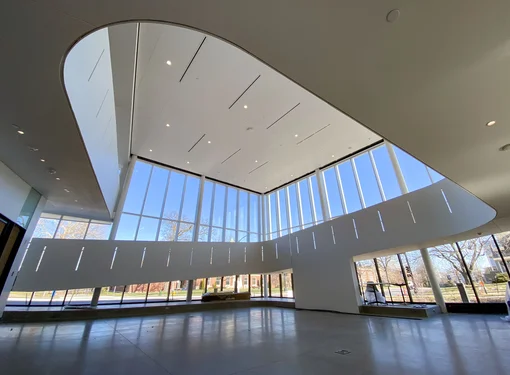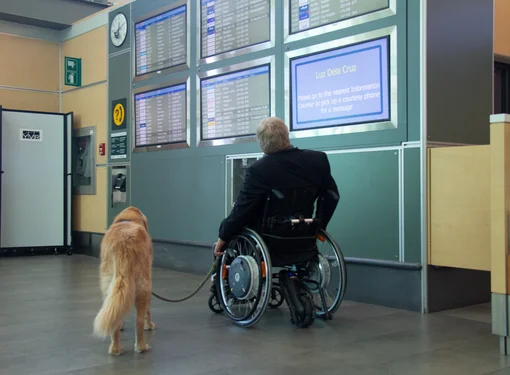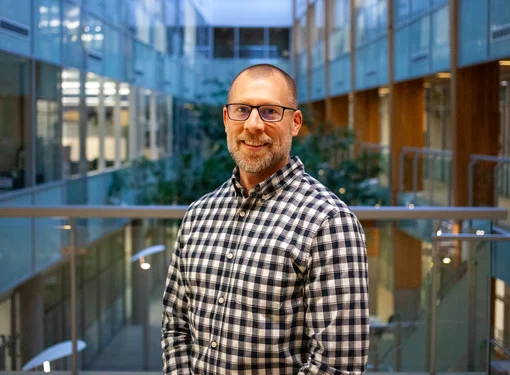Being accessible is good for business. Here’s why.
Everyone wants access. We want the freedom to move easily and safely through our own communities. We want to work, shop, play, and learn wherever we call home. Essentially, we want to get to where we need to go, and accomplish what we need to do.
When people with disabilities are unable to enter or make their way through a building, whether it’s a business, an office, or a community centre, we lose their potential. As a valued employee. A loyal customer. An active participant. Even if it’s unintentional, the message they receive is that their needs are different and, for whatever reason, can’t be met.
Canada prides itself on being a country that champions diversity and cares for its people. Improving accessibility is one more way to do that. It naturally encourages inclusion. And it makes our communities stronger and more sustainable.
“It isn’t negotiable,” Rick Hansen said in a CBC interview in 2016, on the issue of improved access. “We’re not just saying [to people with disabilities], ‘You’re lucky to get in the building.’ You’re a Canadian – you get in the building.”
With one in five Canadian adults expected to have a disability by 2036, due in part to our aging population, it’s critical we rethink how we access and use all our spaces.
The bottom line: Improving access is the right thing to do.
But did you know there’s another bottom line to consider? It’s a big one. Improving the accessibility of our business and institutions will have a huge economic impact, adding billions of dollars to our economy every year.
Accessibility makes sense (and cents)
The Business Case to Build Physically Accessible Environments, prepared by the Conference Board of Canada [2018], demonstrates the powerful business case for making businesses and public spaces more physically accessible for people with disabilities.
Over the next 12 years, real spending by people with disabilities is anticipated to grow at three times the rate of the overall population. This will represent 21% of the total consumer market – or a whopping $316 billion annually.
Many people with disabilities in the coming years will be from the Baby Boom generation and retired from the workforce. But for others, improvements to our workplaces would allow over half a million Canadians with disabilities to work more hours. This would increase our GDP (gross domestic product) by $16.8 billion by 2030.
In the report, 57% of Canadians with physical disabilities who are currently unemployed believe they’d be able to work if workplaces were more accessible. Almost half (49%) of Canadians with physical disabilities who are working believe they could work more hours if workplaces were made more accessible.
Simply put, accessibility is a win-win situation for all Canadians. By making our workplaces more physically accessible, a growing population of people with disabilities will receive new employment opportunities, may spend more time working, and earn more income. If our shops, restaurants, and entertainment and sport facilities are more accessible and inclusive of a wider range of individual needs, business owners and service providers will gain more customers or clients, and ultimately, earn more revenue.
Ready for access? We have a solution
Canada will only be truly prosperous when all Canadians have the ability to participate and thrive.
Rick Hansen Foundation Accessibility Certification™ was developed to help remove physical barriers in all the places where we live, work, play, and learn, and raise awareness. The program rates a building’s level of meaningful access, showcases best practices, and trains people to do ratings using a consistent methodology.
It’s currently available to British Columbian non-profit organizations, municipalities, and commercial properties at no charge, thanks to generous funding from the Province of British Columbia. Rated buildings can apply for accessibility grants to fund improvements.
“If businesses are accessible for everyone, more people will visit,” says Laetitia, an RHF staff member. “One person with a disability going to a restaurant means at least one or two other people are coming along. This has a huge financial impact, and a positive one, on our economy.”
Laetitia is blind and has first-hand experience struggling with access: “People have told me, ‘I don’t need to accommodate blind people, because they don’t come into my business.’ I say, ‘If you make your business more accessible, you’ll be surprised who shows up.’”
Improved accessibility means Canadians are working together to help each other flourish. It ensures our communities, and our country, can become even better. And that’s the final, bottom line.





